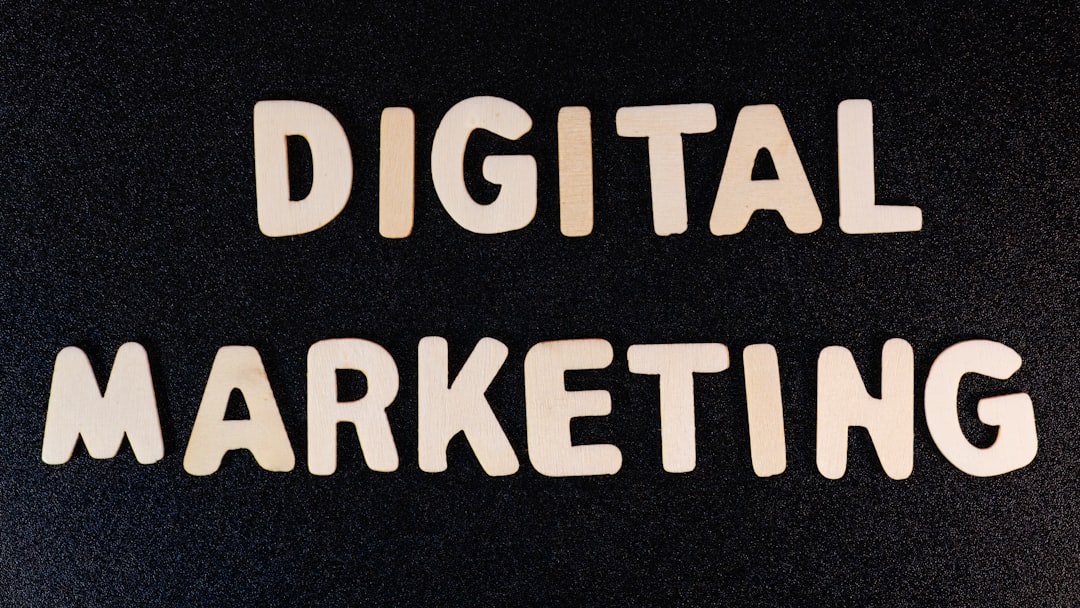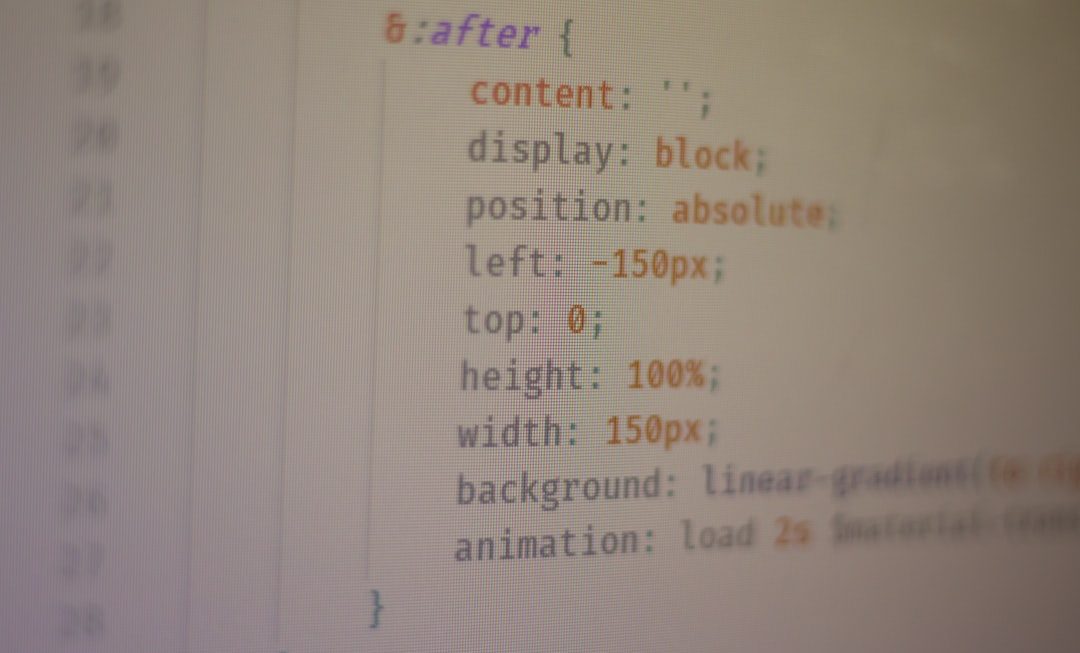In today’s digital-first economy, performance marketing metrics reign supreme — clicks, conversions, cost per acquisition (CPA), return on ad spend (ROAS). They’re real-time, tangible, and trackable, all of which make them deeply attractive to organizations focused on measurable ROI. But there lies the challenge: in a performance-obsessed organization, how do you measure the value of brand — something longer-term, emotionally driven, and often seen as difficult to quantify?
Despite its elusive nature, brand remains a critical driver of business success. It shapes perception, builds trust, attracts talent, and ultimately fuels growth. The reality is: branding isn’t fluffy. It just requires different tools and timelines for evaluation. Balancing performance and brand can feel like bridging two different worlds, but it’s a bridge that every growth-oriented company must build.
Why Organizations Struggle to Measure Brand
The difficulty in measuring brand often stems from a mismatch in expectations and timelines:
- Performance metrics are short-term and numerical. They fit neatly into dashboards and are easy to A/B test.
- Brand measurement is about perception change, which occurs over time and often doesn’t produce immediate returns.
In performance-driven environments, patience is scarce. Stakeholders want to see direct-line attribution and quick feedback loops. Unfortunately, “people are more likely to choose your company two years from now because they’ve seen your brand multiple times” doesn’t fit neatly into a marketing attribution model. It’s not surprising that many businesses underinvest in brand — or worse, ignore it altogether.
The Right Mindset Shift
To effectively measure brand, organizations first need to change how they think about measurement. Rather than viewing branding as a cost center or necessary evil, the right mindset is to see it as a long-term investment that enhances all other efforts — including performance.
This mindset shift involves key realizations:
- Brand is cumulative. While each touchpoint alone may be small, together, they yield compounding returns.
- Brand improves performance. Research consistently shows branded search outperforms non-branded, and CAC drops as brand equity grows.
- Brand creates resilience. During downturns, strong brands recover faster and lose less market share.
Instead of seeing brand and performance as competing priorities, the two should be viewed as interdependent components of a holistic marketing strategy.
Measuring Brand the Right Way
Though it may never be as immediate as performance metrics, brand can be measured effectively through a combination of qualitative and quantitative approaches. Below are several methodologies commonly used by leading marketing teams:
1. Brand Lift Studies
These studies measure the increase in certain brand perceptions (such as awareness, recall, or favorability) after exposure to ads, campaigns, or other messages. Platforms like Meta, YouTube, and even Google Search offer brand lift products that help attribute changes to specific activities.
2. Share of Search
Popularized by marketer Les Binet, “share of search” compares how often your brand is searched relative to competitors. For instance, if 10% of category searches include your brand’s name, that’s your share. Over time, rising share signals growing interest and mindshare.
3. Branded Search Traffic
When people start directly searching for your brand name, it often signals growing brand awareness. Track unique branded keyword volume in tools like Google Search Console to evaluate how many people are looking for you specifically — not just what you do.

4. Brand Equity Scores
Platforms like Kantar and YouGov build proprietary brand equity indices based on consumer sentiment. These composite scores track dimensions like emotional connection, familiarity, and perceived quality. While not always accessible to smaller teams, they give broader context, especially across industries.
5. Customer Surveys
Simple, in-house surveys — especially when regularly run — offer invaluable first-party sentiments. Questions like “How likely are you to recommend our brand?” (NPS) or “Where did you first hear about us?” can expose attribution gaps not captured in last-click models.
Listening Beyond the Numbers
The best brand measurement strategies don’t rely solely on data dashboards. There’s incredible value in qualitative signals that, while anecdotal, offer deep insight into how the public perceives your brand:
- Social Listening: What are people saying about your brand on Reddit, Twitter, or LinkedIn — unprompted?
- Sales Conversations: Are prospects mentioning they’ve “heard good things” or referencing thought leadership pieces you released months ago?
- Recruiting Feedback: Are job candidates excited to work for your company based on its public reputation?
These soft signals can be surprisingly prescient leading indicators of brand traction.
Getting Buy-In from Performance-Oriented Teams
Perhaps the greatest hurdle to brand measurement inside a performance-first culture is internal resistance. The CFO or CMO might ask: “How does this help us hit next quarter’s numbers?” It’s a fair question — and one that you can answer successfully with the right approach:
1. Tie Brand to Business Outcomes
Demonstrate — both anecdotally and quantitatively — how brand investments have made performance marketing more efficient. Use benchmarks like decreased CAC in markets with high brand recognition, or rising branded search volume as a precursor to sales growth.
2. Start Small, Test, and Scale
If skepticism is high, run pilot brand activations paired with lift studies. A podcast sponsorship, a thought leadership campaign, or even a TikTok series can help measure sentiment shifts and measure any knock-on effects on conversion rates or search volume.
3. Align Branding to Funnel Metrics
Position branding as a top-of-funnel lever that impacts the entire marketing engine. Make clear that without brand-building, the funnel shrinks. With it, acquisition becomes more efficient and customer lifetime value increases.

Useful Tools for Measuring Brand
Here are several tools you might consider integrating into your measurement framework:
- Google Trends: Track increase in branded searches over time
- Mention and Brand24: Monitor online mentions and sentiment
- YouGov BrandIndex: Offers deep insights for large brands across demographics
- SurveyMonkey and Typeform: Run periodic brand perception or NPS surveys
- SEMrush or Ahrefs: Compare brand search visibility against competitors
Final Thoughts
Measuring brand in a performance-obsessed organization won’t be easy. It requires more than dashboards — it calls for educating stakeholders, setting realistic expectations, and creating a hybrid culture where quick wins coexist with long-term brand plays.
The secret is not choosing one over the other. In fact, the highest-performing teams master both. They use brand to amplify performance, and performance to validate brand. When you measure brand intentionally and intelligently, you can unlock sustainable growth that outperforms quarter after quarter.
In the end, a strong brand isn’t measured only by clicks or impressions — it’s what people think, feel, and say about you when your ads are off. And every smart performance leader should want to know what that is.




